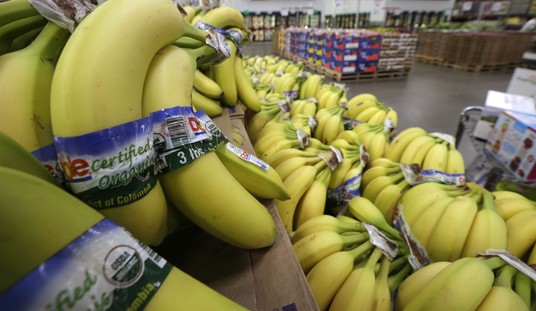The National Incident Command and the Federal On Scene Coordinator have determined that there is a resource need for boom and skimmers that can be met by offers of assistance from foreign governments and international bodies.
The United States will accept 22 offers of assistance from 12 countries and international bodies, including two high speed skimmers and fire containment boom from Japan. We are currently working out the particular modalities of delivering the offered assistance. Further details will be forthcoming once these arrangements are complete…
The Department has released a chart of offers of assistance that the U.S. has received from other governments and international bodies. The chart is updated as necessary to include any additional offers of assistance and decisions on accepting the offers. The chart is posted on the State Department Web site at: http://www.state.gov/documents/organization/143488.pdf
Follow the link and look at the chart to see how many offers were still “under consideration” as of a few hours ago. The announcement comes two weeks after the Coast Guard acknowledged that more skimmers were needed and, of course, 67 days after the first offers of foreign aid started trickling in.
Three days after the BP oil spill in the Gulf of Mexico began on April 20, the Netherlands offered the U.S. government ships equipped to handle a major spill, one much larger than the BP spill that then appeared to be underway. “Our system can handle 400 cubic metres per hour,” Weird Koops, the chairman of Spill Response Group Holland, told Radio Netherlands Worldwide, giving each Dutch ship more cleanup capacity than all the ships that the U.S. was then employing in the Gulf to combat the spill.
To protect against the possibility that its equipment wouldn’t capture all the oil gushing from the bottom of the Gulf of Mexico, the Dutch also offered to prepare for the U.S. a contingency plan to protect Louisiana’s marshlands with sand barriers. One Dutch research institute specializing in deltas, coastal areas and rivers, in fact, developed a strategy to begin building 60-mile-long sand dikes within three weeks…
Why does neither the U.S. government nor U.S. energy companies have on hand the cleanup technology available in Europe? Ironically, the superior European technology runs afoul of U.S. environmental rules. The voracious Dutch vessels, for example, continuously suck up vast quantities of oily water, extract most of the oil and then spit overboard vast quantities of nearly oil-free water. Nearly oil-free isn’t good enough for the U.S. regulators, who have a standard of 15 parts per million — if water isn’t at least 99.9985% pure, it may not be returned to the Gulf of Mexico.
If you’re not tearing at your hair after reading that, read this report from the New Orleans Times-Picayune about federal red tape keeping other skimmers out of the gulf. And not just foreign skimmers, either: For instance, thanks to the Oil Pollution Act of 1990, you need minimum levels of certain equipment aboard (like booms) or else it’s no go. This is where we’re at after weeks of oil gushing at a rate of around one Exxon Valdez every three or four days.
Here’s the perfect ad to polish this all off. As Ace says, simply brutal.
Oil Spill Timeline from RightChange on Vimeo.








Join the conversation as a VIP Member